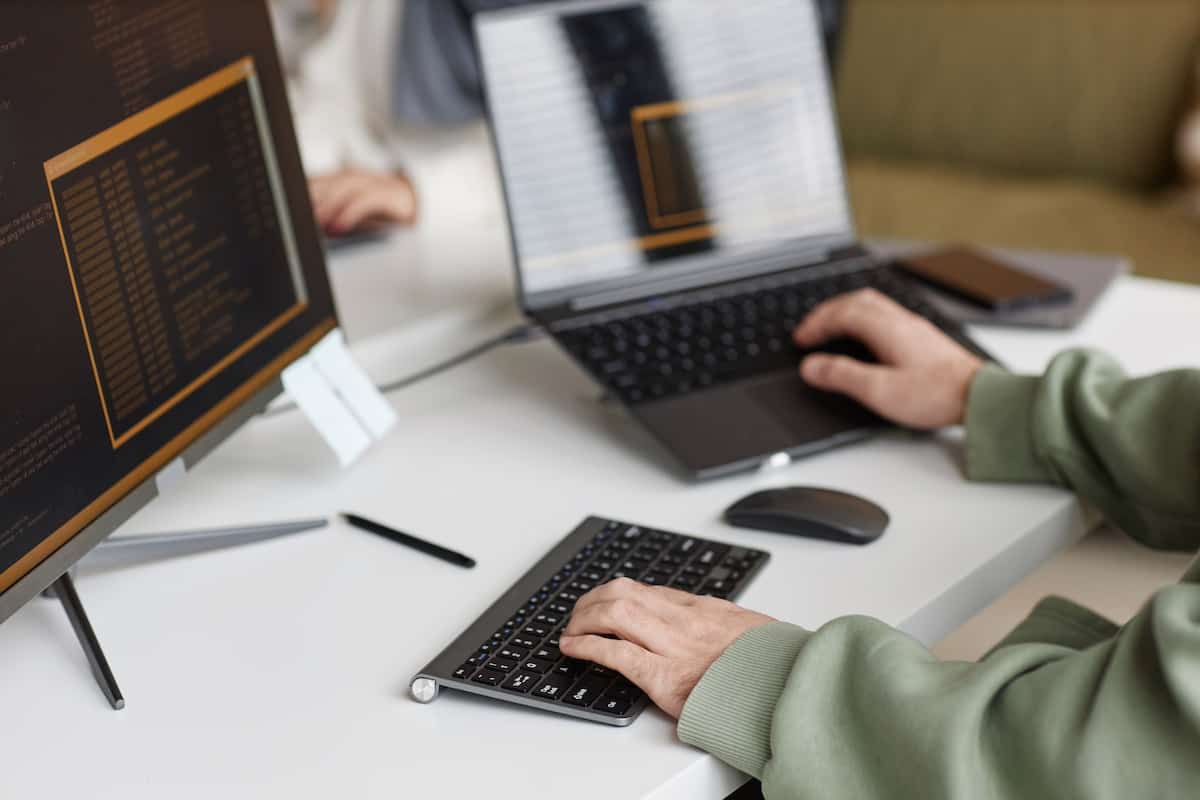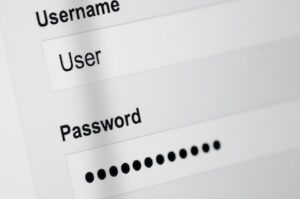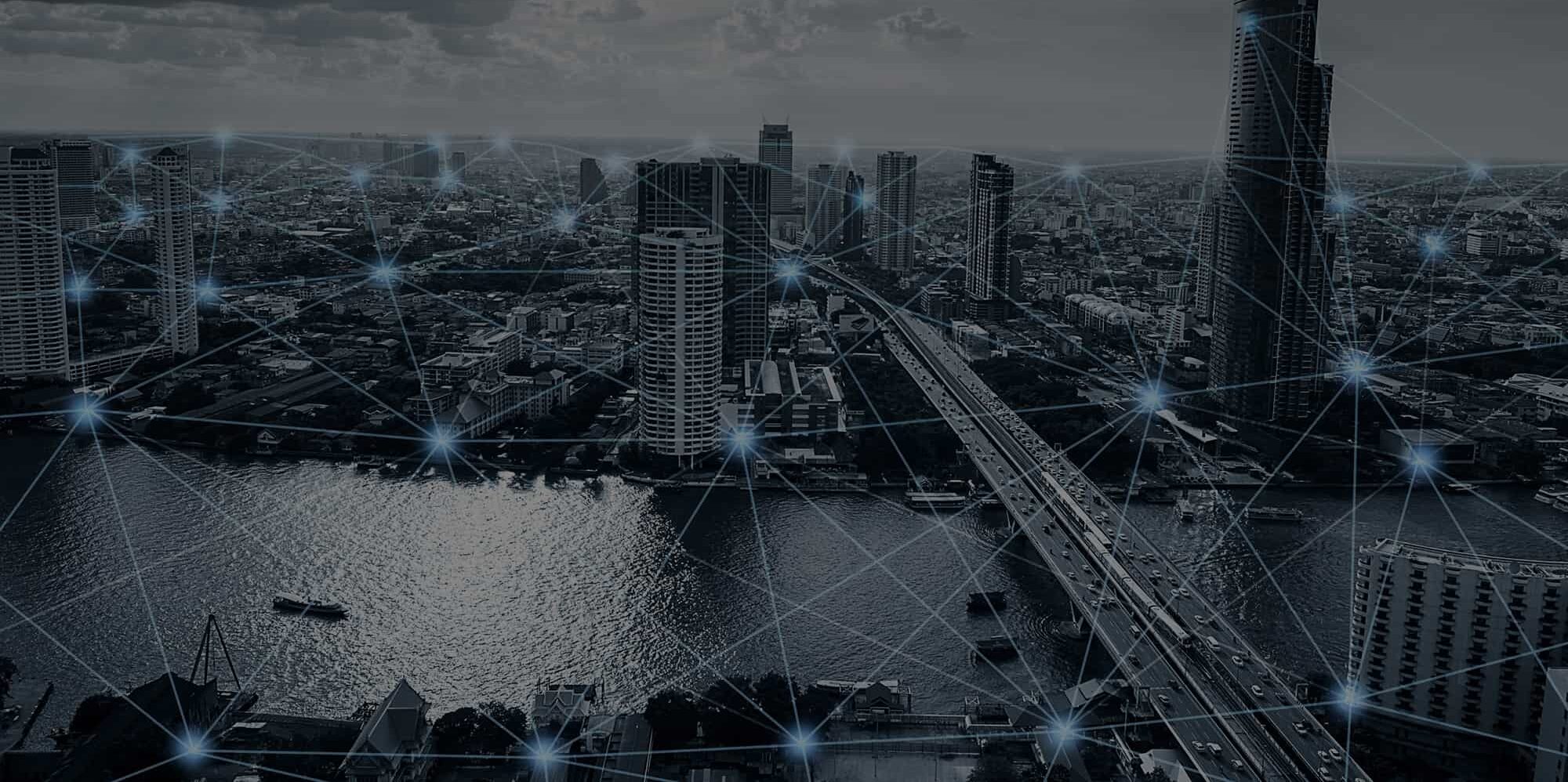
In today’s digital world, keeping our online information secure is crucial. As cyber threats continue to evolve, we need effective measures to protect our personal and professional data.
Multi-Factor Authentication (MFA) offers a strong defense against these threats by adding extra steps to the login process. This article explores how MFA works, its importance, and the methods it uses to prevent unauthorized access.
What is Multi-Factor Authentication (MFA)?
MFA requires users to provide two or more verification factors to gain access to an online account, application, or VPN, reducing the risk of unauthorized access. This method leverages a combination of credentials from distinct categories:
- What you know (such as a password)
- What you have (like a smartphone or security token)
- What you are (utilizing biometrics like fingerprints or facial recognition)
Implementing MFA raises the barrier for attackers, as the complexity of impersonating a user increases with each additional authentication factor. Traditional security measures may struggle to mitigate the risks posed by sophisticated phishing schemes and brute-force attacks, which have become more adept at bypassing simple password protections.
MFA’s strength lies in its layered defense strategy, requiring attackers to breach multiple hurdles. For instance, even if a cybercriminal manages to obtain a user’s password, they would still be blocked by a required second or third factor, such as a one-time code sent to the user’s phone or their fingerprint.

Why is MFA Important?
The importance of MFA lies in its ability to reduce the risk of data breaches and unauthorized access. Traditional security methods, relying heavily on usernames and passwords, have become increasingly vulnerable to cyber-attacks.
Hackers are continually devising new strategies to circumvent these protections, making additional layers of security necessary. According to a study by Microsoft, MFA can block over 99.9% of account compromise attacks1.
MFA introduces these layers by combining multiple authentication factors, reducing the chances of a successful intrusion.
Implementing MFA across an organization’s digital infrastructure enhances security and promotes a culture of responsibility and awareness among employees about the importance of safeguarding data. With the rise in remote work, securing remote access to corporate systems is critical.
MFA serves as an effective gatekeeper, ensuring that only authorized individuals can access sensitive information, regardless of their location. This heightened level of security is essential in protecting against unauthorized attempts to access company data, which could lead to financial and reputational damage.

MFA Authentication Methods
Within the framework of MFA, several methods are employed to ensure the user’s identity is confirmed.
- Knowledge factors play a key role; these require users to prove their identity by providing something they know, such as a password or a PIN. This method utilizes personal knowledge as a gatekeeper, using information that ideally is known only to the user. However, given the limitations of memorized information – with passwords being susceptible to interception or guessing – MFA doesn’t rely solely on what users know.
- Possession factors necessitate users to validate their identity through something they have, such as a mobile device receiving an OTP (One-Time Password) or a physical token generating temporary access codes.
- Inherence factors rely on biometric verification, using unique physical characteristics of the user, such as fingerprints, facial recognition, or retina scans.
Through these varied authentication strategies, MFA constructs a strong barrier against unauthorized access, leveraging a combination of what users know, have, and physically are to secure digital identities and protect against potential breaches.
Challenges and Solutions of MFA
While MFA enhances protection against unauthorized access, organizations face several challenges in its implementation. One hurdle is user resistance due to the added steps in the login process or concerns about personal data privacy, especially with biometric data.
Integrating MFA across various systems and technological infrastructures can also pose logistical and financial challenges, particularly for businesses with aging IT systems or limited cybersecurity budgets. However, there are solutions to these challenges.
To address user concerns, organizations can deploy education programs highlighting the importance of MFA in contemporary digital security, explaining how MFA protects their personal and professional data.
Simplifying the MFA process through adaptive authentication, which dynamically adjusts requirements based on risk assessment, and encouraging the use of single sign-on (SSO) features can improve user compliance2.
For integration and financial challenges, seeking scalable MFA solutions that integrate with existing IT infrastructure without requiring extensive overhauls could prove beneficial.

Multi-Factor Authentication (MFA) is a critical component in securing our digital lives against cyber threats. By requiring multiple forms of verification before granting access, MFA creates a strong barrier that reduces the risk of unauthorized access.
Despite challenges in implementation and user acceptance, solutions exist that can ease these concerns while maintaining effective security measures. Adopting MFA is an important step in committing to a more secure digital environment for all.
- Weinert A, Baber R, Cram A. Your Pa$$word doesn’t matter. Microsoft Security. Published July 8, 2021.
- Acar A, Fahl S, Mazurek ML. You are not your developer, either: A research agenda for usable security and privacy research beyond end users. Published April 27, 2017


Sorry, the comment form is closed at this time.